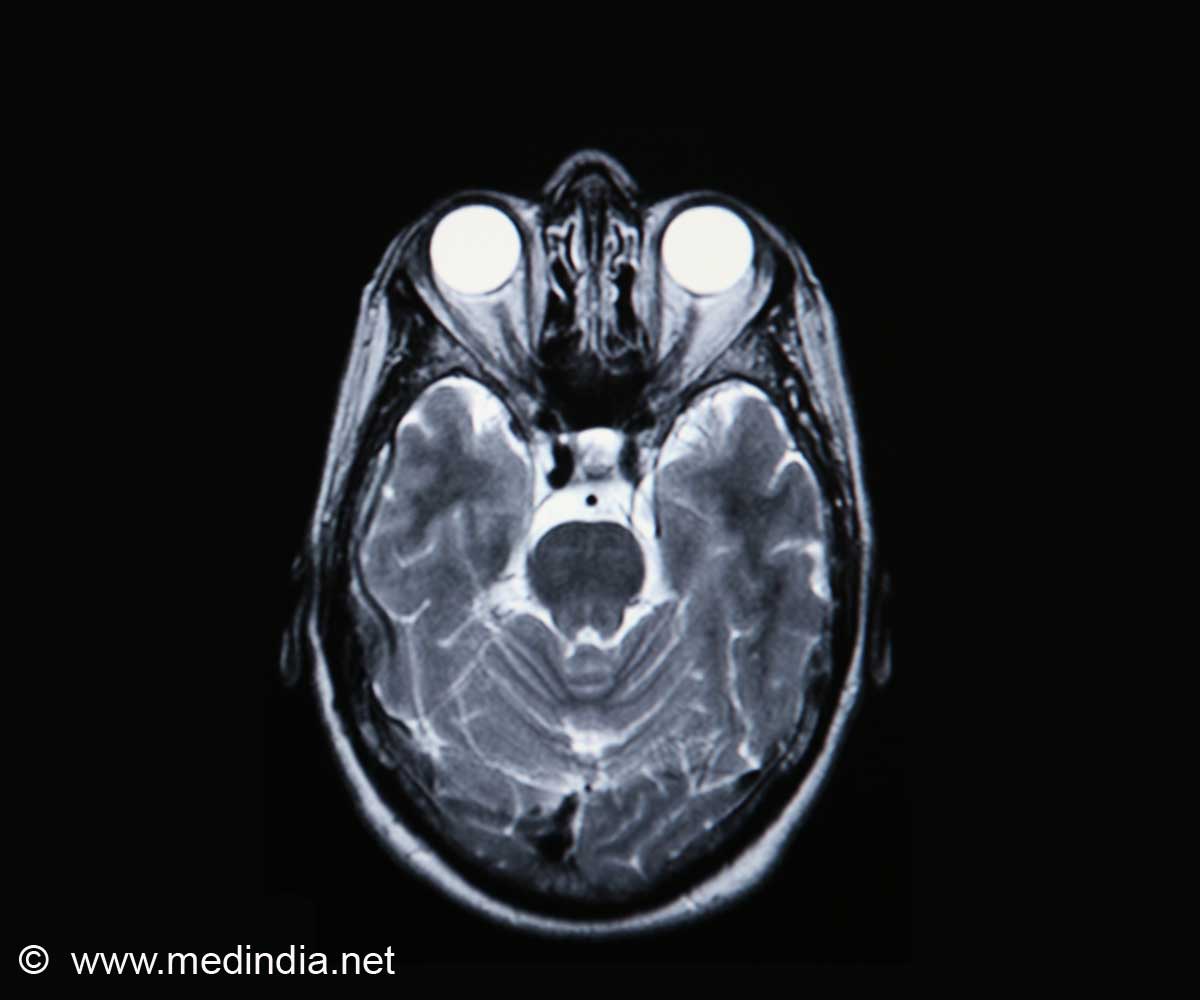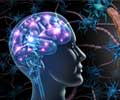
Investigators made a catheter-like device consisting of a hollow fiber membrane encapsulating a polymeric "scaffold," which provides a surface area to which neurotrophic factor-producing cells can attach. When implanted in the brain, the membrane allows the neurotrophic factor to flow out of the device, as well as allowing nutrients in. Dr. Tornøe and his colleagues used the neurotrophic factor Meteorin, which plays a role in the development of striatal projection neurons, whose degeneration is a hallmark of Huntington's disease. The scientists engineered ARPE-19 cells to produce Meteorin and used those that produced high levels of Meteorin in their experiment.
The EC biodelivery devices were implanted in the brains of rats followed by injection with quinolinic acid (QA), a potent neurotoxin that causes excitotoxicity, a component of Huntington's disease. They tested three different implant types: devices filled with the high-producing ARPE-19 cells (EC-Meteorin), devices with unmodified ARPE-19 cells (ARPE-19), and devices without cells. Motor dysfunction was tested immediately prior to injection with QA and at two and four weeks after injection.
The research team found that the EC-Meteorin devices significantly protected against QA-induced toxicity. Rats with EC-Meteorin devices manifested near normal neurological performance and significantly reduced loss of brain cells from the QA injection compared to controls. Analysis of the Meteorin-treated brains showed a markedly reduced striatal lesion size. The EC biodelivery devices were found to produce stable or even increasing levels of Meteorin throughout the study. Meteorin diffused readily from the biodelivery device to the striatal tissue.
"Huntington's disease can be diagnosed with high accuracy by genetic testing. Pre-symptomatic administration of a safe therapeutic treatment providing sustained delay or prevention of disease would be of great benefit to patients," says Dr. Tornøe. "With additional functional and safety data, tests in animals larger than the rat to study distribution, and more accurate disease models to evaluate the therapeutic potential of Meteorin, we anticipate that EC biodelivery can be developed as a platform technology for targeted therapy in patients with Huntington's disease."
Source-Eurekalert











